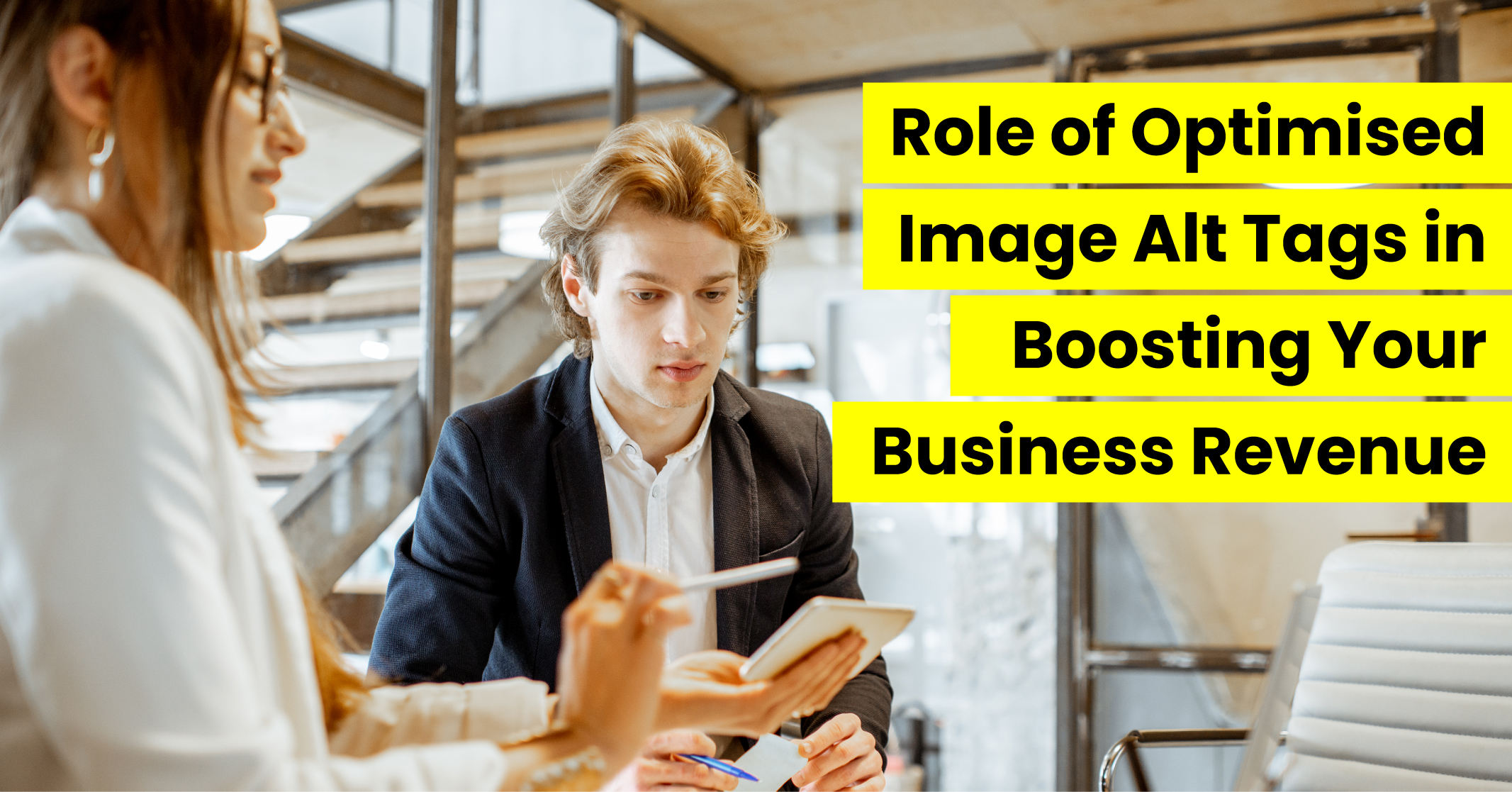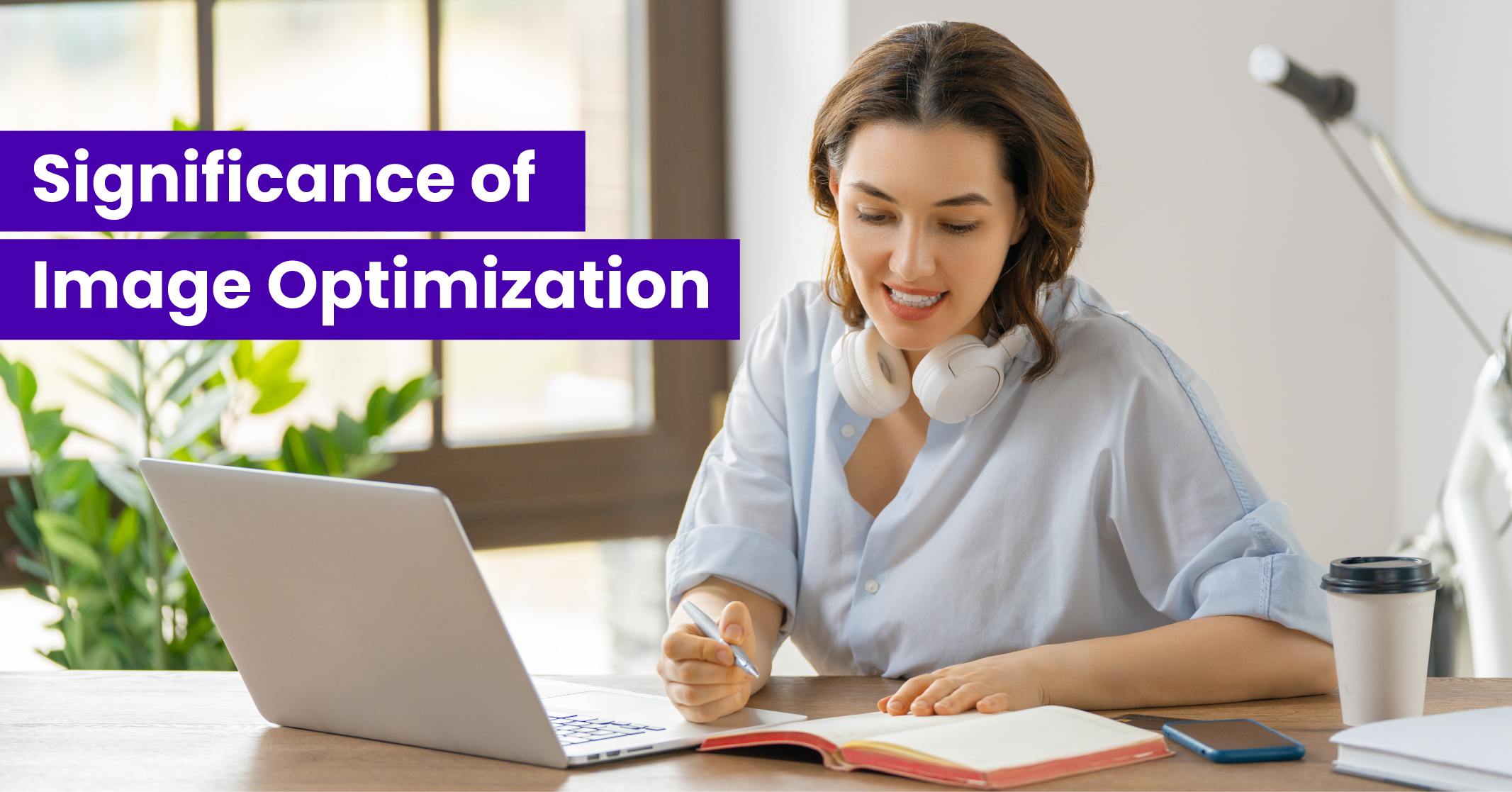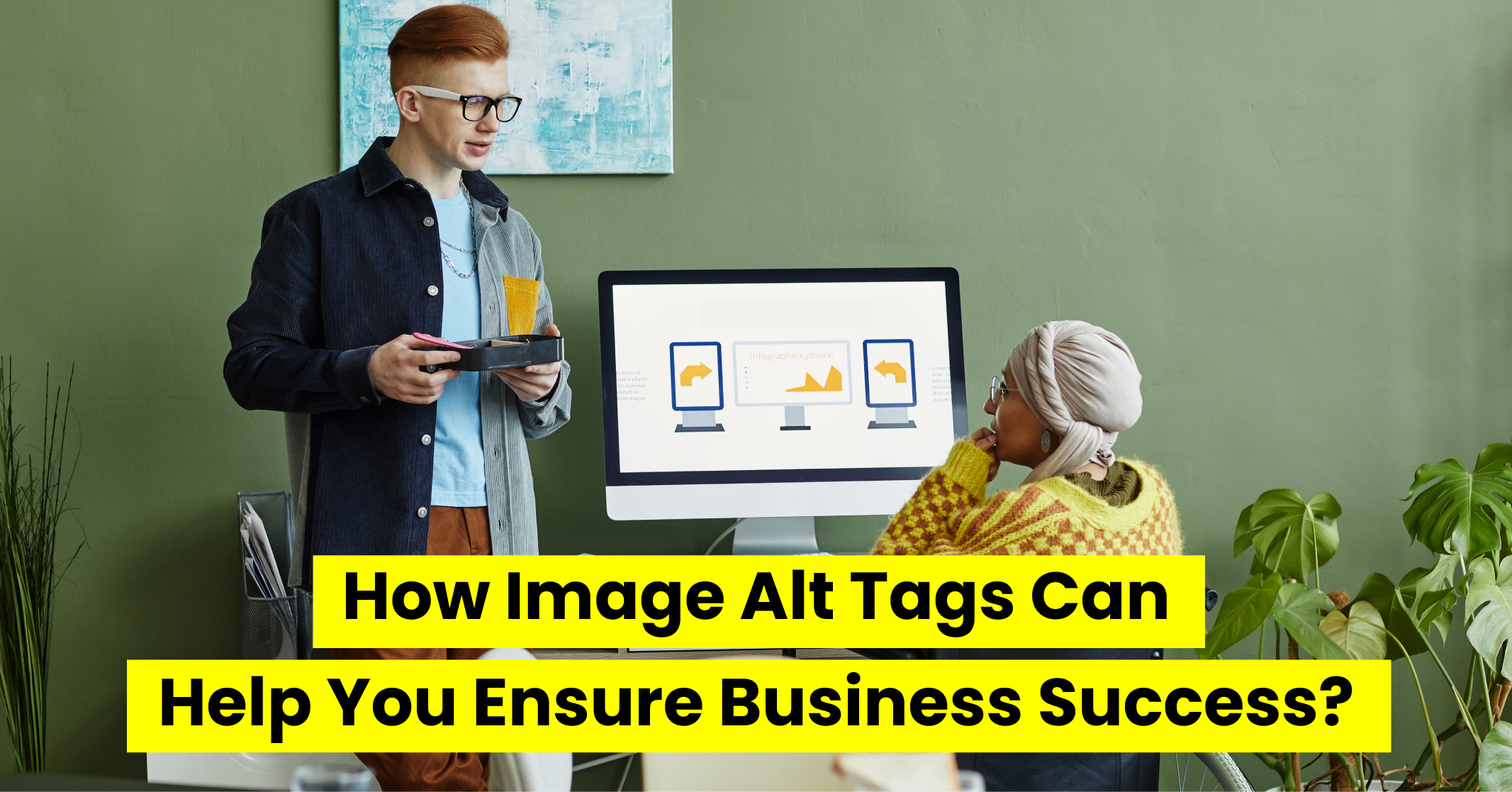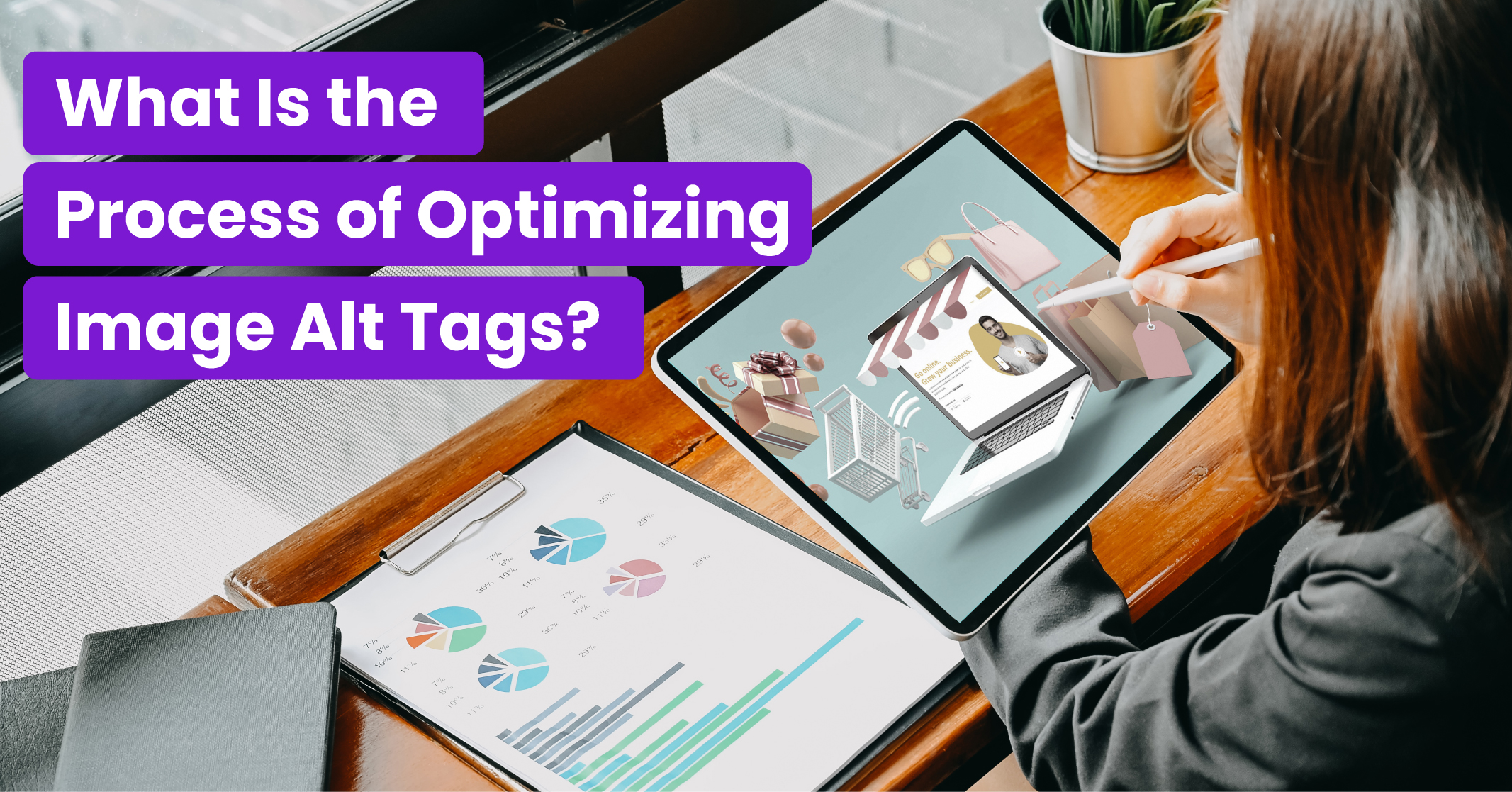I hope you enjoy reading this blog post.
If you want to get more traffic, Contact Us

Click Here - Free 30-Minute Strategy Session
Be quick! FREE spots are almost gone for this Month. Free Quote

While it’s no secret that Google’s algorithm considers over 200 ranking factors, there’s one aspect that you might not have fully explored – optimizing your image alt tags.
So, why is image optimisation so crucial and how does it impact Google’s algorithm?

Click Here – Free 30-Minute Strategy Session
Be quick! FREE spots are almost gone for this Month
To shed light on this matter, our team delved into the subject and discovered that implementing appropriate image alt-tag optimization can significantly enhance the chances of your products ranking higher in popular product listings.
Are you eager to improve your visibility on Google? The good news is that making a few adjustments to your current image process can make a significant difference.
Considering the potential benefits in terms of increased traffic, leads and ultimately, revenue, these adjustments come at a relatively small price.
Allow us to share our findings and demonstrate how they can contribute to improving the rankings of your products.
Learn More: Brushing Up the Basics – What is Alt Text for Images?
Imagine walking through a museum without any labels next to the artwork. You would be left wondering about the meaning and the artist behind each piece. That’s where image alt tags come in.
Optimising your image alt tags is like providing users with a guided tour. Not only does it enhance the user experience, but search engines also utilize alt tags to help rank your website. You can even leverage alt tags in social media platforms.
Points To Note:
Did you know that over a quarter of Google’s search engine results pages (SERPs) display images? By including target keywords in your alt tags, you can tap into this opportunity and drive traffic from image searches. This is one of the most effective image SEO tips.
So, what is image optimization?
Image optimization is the process of improving and enhancing website images to achieve better performance, user experience and search engine visibility. It involves implementing various techniques and practices to:
The primary goals of image optimization are to:
By optimising images, you can create a visually appealing and user-friendly website, enhance overall website performance and provide a superior experience for your site visitors.
Image optimization techniques include resizing and scaling images to appropriate dimensions, compressing images to reduce file size and selecting the optimal file format (e.g., JPEG, PNG, or WebP).

When it comes to optimising your website, don’t overlook the importance of image optimization. It’s not just about optimizing alt tags; you should also focus on optimising your images themselves.
Image optimization offers a multitude of benefits, with increased visibility on Google and higher traffic being the primary reasons to optimize your photos.
However, several other advantages shouldn’t be overlooked:
While image optimization may appear to be an additional step in the ongoing quest to boost SEO, it has a significant impact on both ranking and user experience.
By optimising your images, you can improve visibility, increase site speed and ensure a seamless user experience for your website visitors.

We conducted an in-depth analysis to investigate the impact of image alt tag optimization on e-commerce product rankings. Our objective was to understand if brands could improve their product rankings by optimising images on their websites and how their performance compared to competitors.
What We Did?
We thoroughly examined each brand’s website to gain insights into its image optimization strategies. Additionally, we utilised various tools to analyse the top-performing product pages of each brand.
Finally, we compared the image alt tags of the product images with the search engine results page for a specific keyword query that the product ranked for. This analysis helped us determine whether the product image would appear in the popular product listing.
Through this comprehensive approach, we aimed to uncover the correlation between image alt tags for SEO and product rankings, shedding light on the effectiveness of image optimization strategies employed by brands.
Our research focused on understanding how image alt text optimization can benefit smaller businesses and enhance their online presence. While larger brands have established strategies, we wanted to uncover the potential advantages for smaller brands.
Our Work Process:
To conduct the study, we carefully selected several small brands from diverse industries and thoroughly examined their websites and image optimisation practices. Our primary focus was on how they utilised alt text for their product images and the resulting impact on their search engine rankings and user experience.
Advantages:
Our study demonstrated that smaller brands that invest in image SEO best practices can witness improvements in search engine rankings, increased organic traffic and enhanced user engagement. This technique serves as a cost-effective strategy for smaller brands to compete with larger competitors and establish a strong online presence.
What To Do?
If you are planning to incorporate image SEO best practices into your marketing game, you can level the playing field and gain a competitive edge in the digital landscape. This will help you attract more visitors, boost conversions and foster business growth.
By prioritising image alt text optimization, it will be easier for you to navigate the digital realm and position your brand for long-term prosperity.
Learn More: Understanding Alt Text: Importance for Accessibility and SEO

To optimize your image alt tags effectively, it’s crucial to strike a balance between being descriptive and concise. Imagine you are guiding someone to find an item without looking, and you need to provide precise instructions.
Instead of saying, “It’s somewhere in the kitchen,” you would say, “It’s in the drawer to the left of the refrigerator, between the scissors and the tape dispenser.” This level of clarity is what you aim for in your alt text—a description that paints a clear picture in the reader’s mind.
What Not to Do?
Image alt tag optimization allows Google to understand the context of your images. However, keyword stuffing detracts from the user experience and can be identified as spam by search engines. It’s important to focus on providing valuable and relevant descriptions that enhance both SEO and user satisfaction.
By following these image SEO best practices, you can optimize your image alt tags effectively, ensuring a better understanding of your visual content while delivering superior user experience.
In conclusion, the importance of image optimization cannot be understated when it comes to improving website performance, enhancing user experience and boosting search engine visibility. Businesses can unlock a range of benefits by simply employing various image optimization techniques, such as:
Key Benefits of Image Optimization:
In summary, image optimization is a critical component of website optimization, offering benefits such as enhanced user experience and better search engine visibility.

LEAVE A REPLY